“I live in South West Delhi,” was my curt and quick response to anyone who would ask me where I lived when I went to college. Even though my college was in a city far away from Samalkha—an urban village on the Delhi-Haryana border—I knew that the cultural and structural underpinnings of the place I called home were far away from the imagination of Delhi. How would the narrow lanes lined with open drains where sunlight competes with the cluster of wires to touch the ground, compete with the immaculately planned and shaded roads of Lutyens’ Delhi or even the old streets of Chandni Chowk which at least had history to atone for. The urban villages of Delhi are an embarrassment, an abrasion in the story of Delhi. These villages which have existed for centuries, are neither part of Delhi’s history nor its future.
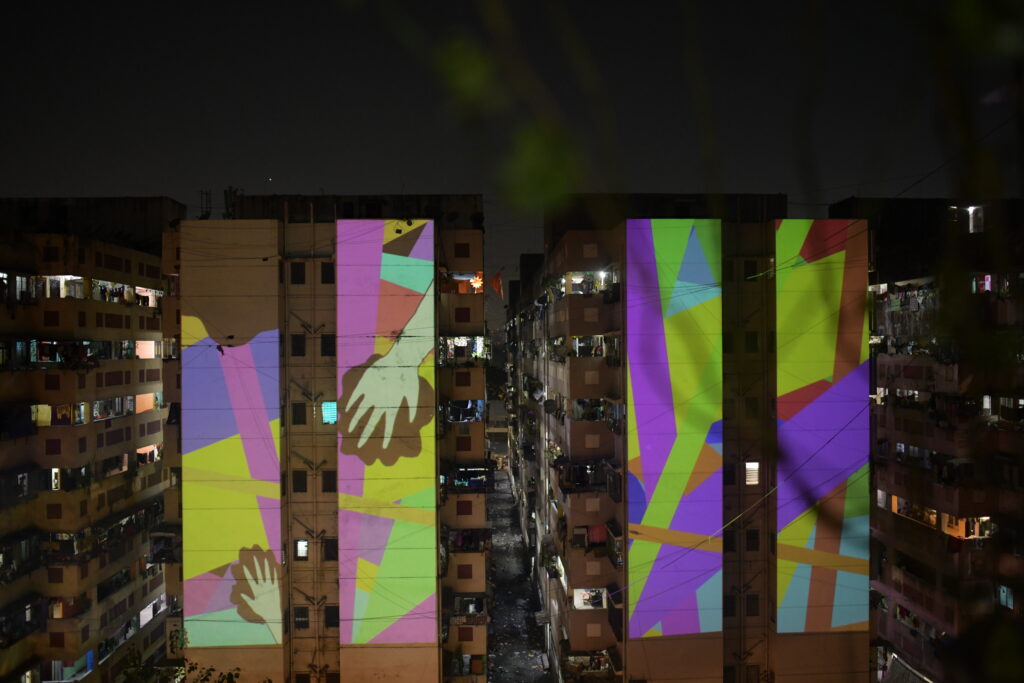
It took many years of development and spatial justice work with urban marginalised communities to come to terms with my own cultural and spatial marginalisation that arose from being born on the other side of the ‘Lal Dora’. However, I had the advantage of caste and religion in a fast-changing India which allowed me to transgress the margins and claim space in the mainstream. As I write this from my living room in a posh suburban neighbourhood in Mumbai, I wonder what and how long it will take for the communities I work with to claim the mainstream, or rather alter it to bring the mainstream into the margins. This is the story of one such community.
I first visited Govandi in 2018 when I joined the Community Design Agency (CDA), a collaborative design practice that seeks to improve the built habitat of underserved communities. Sandhya Naidu, Founder of CDA had already established a project in Natwar Parekh Colony, a resettlement and rehabilitation (R&R) settlement built by the Mumbai Metropolitan Region Development Authority (MMRDA) to house the population displaced by the infrastructure improvement projects that happened in the city of Mumbai in the first decade of this millennium. Thousands of people were relocated overnight in a bid to ‘beautify’ and gentrify central and more serviced parts of the city of Mumbai, pushing them to the margins, into housing units which mimic chicken shelters in their planning and design. As someone who has studied architecture, I can assure you that places like Natwar Parekh Colony are not a result of poor planning, but are a result of dehumanising policies which allow for such atrocity to be built through special permissions and relaxations. More than 25,000 people live in Natwar Parekh Colony today in homes that are no bigger than 225 square feet, and often, most of these homes remain untouched by sunlight and wind.
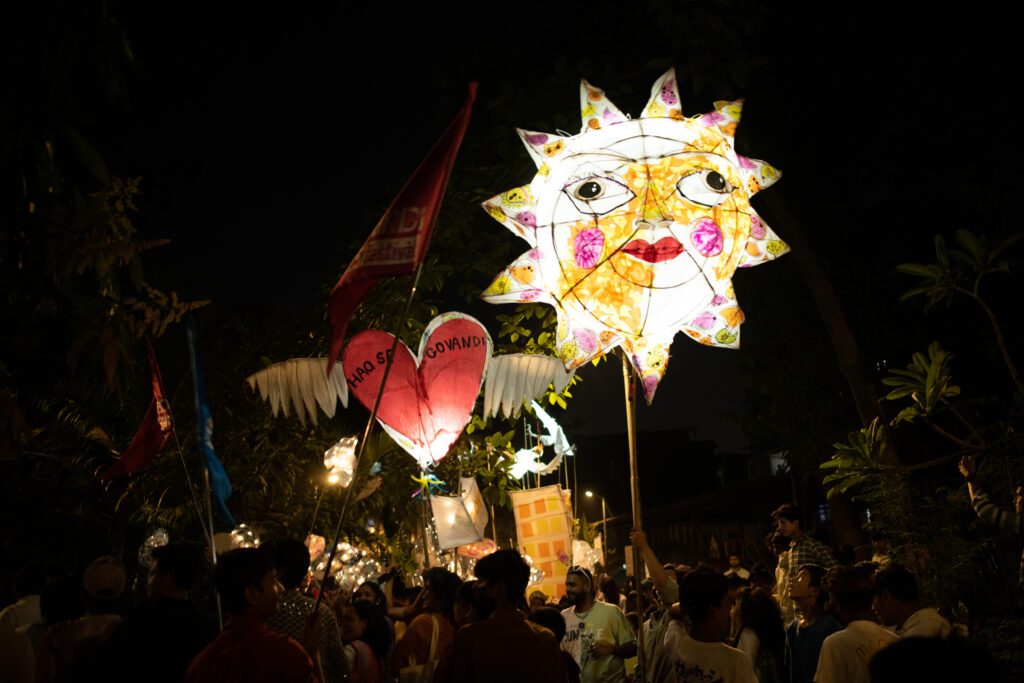
Research done by IIT Bombay and Doctors For You in 2016 found abnormally high cases of tuberculosis in settlements like Natwar Parekh Colony. The colony is also in close vicinity of the city’s dumping ground and the largest medical incinerator which further deteriorates the quality of life. Parveen Shaikh, Housing Rights Activists and Community Leader, who works closely with us on all CDA-led initiatives jokes often that she is in a hurry to bring change to her neighbourhood because she is well past the projected life expectancy of 39 years in Govandi. Her concerns wrapped in layers of humour expose the layers of vulnerabilities and fragilities of working-class communities in India’s financial capital.
It was a few weeks before the deadly second wave of COVID-19 caught all of us off guard, that the idea of a Govandi Arts Festival took shape, more as an abstract shape-shifting feeling of joy. I was walking past the narrow garbage-filled lanes to one end of Natwar Parekh Colony where we were painting a mural alongside the youth and children of the neighbourhood. The mural, named ‘Haq Se Govandi,’ designed by my colleague and artist Natasha Sharma, who is also the co-curator of Govandi Arts Festival, drew inspiration from a recently composed rap by Moin Khan, a budding filmmaker and amateur rap artist whom we met during a youth safety workshop. The goal of the workshop was to assess how young men and women perceived their parts and whole of their neighbourhood, and how participatory art and design can be used to change and alter that perception. Before we could get to discussing the contents of the workshop, a simple introduction round where each participant was asked what they think about Govandi, turned into a cathartic exchange of emotions among everyone who was present in the room.
“I have been turned away from jobs after revealing that I live in Govandi.”
“My friends from college still don’t know that I live in Govandi. I told them I live in Chembur.”
“People see me differently when they get to know I am a Muslim man living in Govandi.”
These statements are not anomalies, but the norm. The city of Mumbai has an extracting and exploitative relationship with its working class ‘ghettos’, initially created to supply the city’s never-ending need for cheap labour, and then dehumanised further to add insult to injury. Listening to stories of the young men and women reminded me of my own struggles of growing up in a culturally and spatially neglected neighbourhood. However, what separated our struggles was not just that I was still far more socio-economically privileged, but also the fact that none of them were embarrassed or ashamed of being from Govandi. They were painfully aware of the unfairness and the injustice of it all, and they were all ready to resist and reclaim.
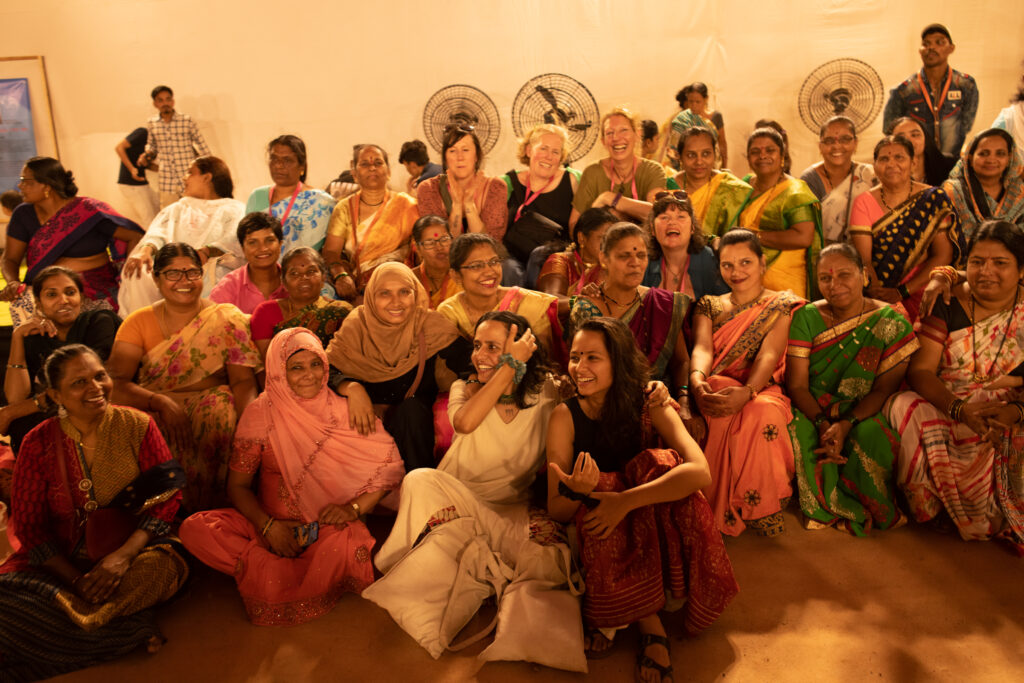
Govandi Arts Festival was born out of the need to unearth ways of creatively resisting how the mainstream is constantly dictating and shaping the margins. Held within the framework of a visual and performing arts festival, the festival is the community’s genuine and unapologetic way of celebrating themselves. It is their way of telling the world that their resistance is here and it is vibrant, hopeful and most importantly, built with love and care.
Govandi Arts Festival which took place between 15 and 19 February 2023 is a cultural movement that celebrates the spirit and resilience of the people of Govandi through performative and visual arts. Govandi Arts festival was part of the British Council’s ‘India/UK Together, a Season of Culture’ and was brought together by Community Design Agency (India), Streets Reimagined (UK) and Lamplighter Arts CIC (UK) who brought their shared practice of using arts to inspire placemaking and bring diverse communities together.
Bhawna Jaimini is the Co-curator of the Govandi Arts Festival and the Lead for Community Development at the Community Design Agency.
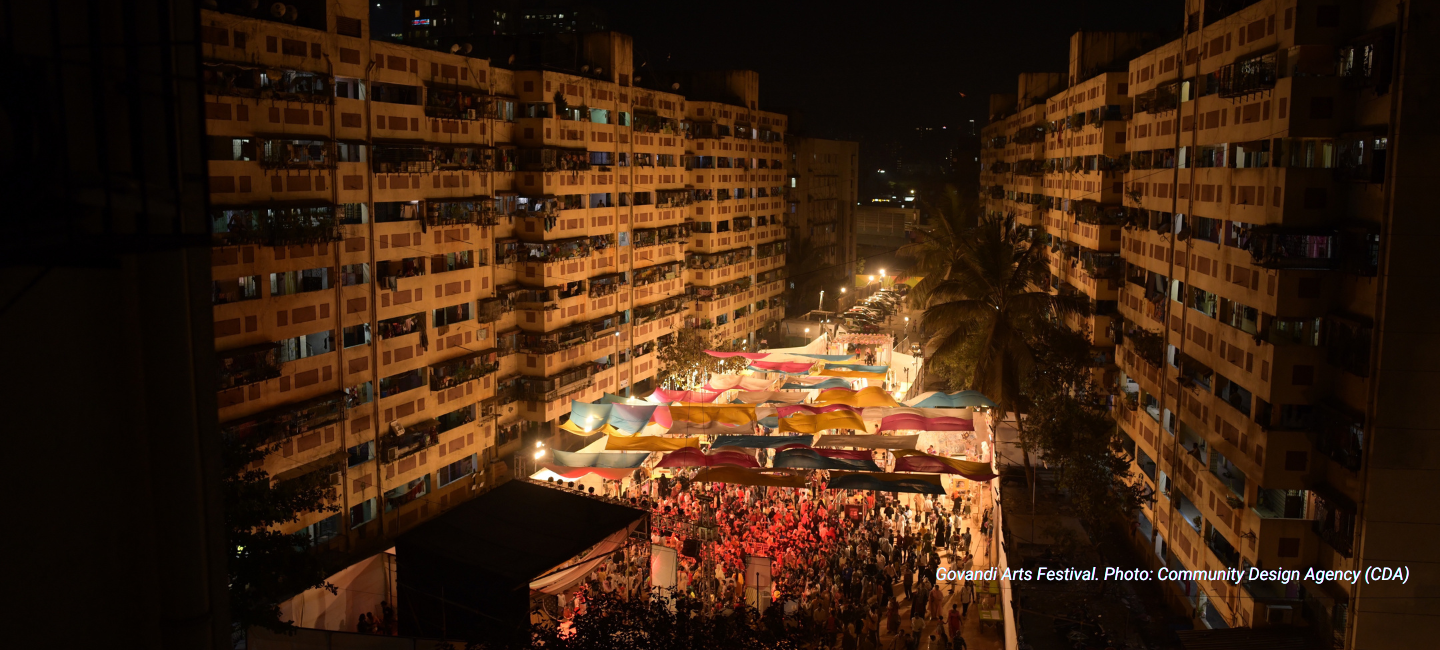
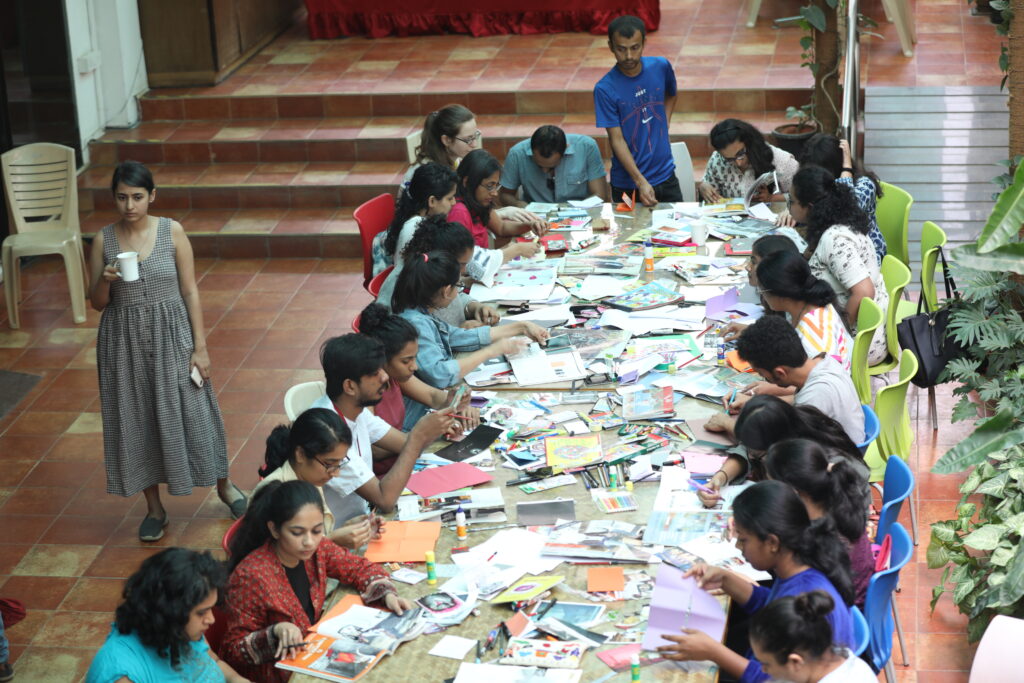
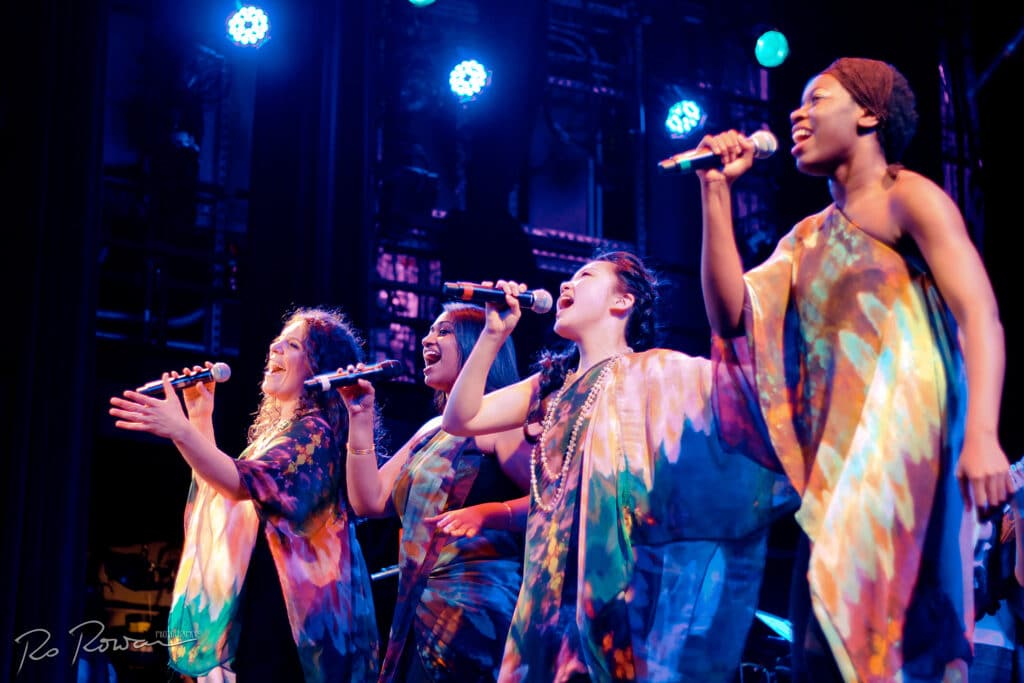
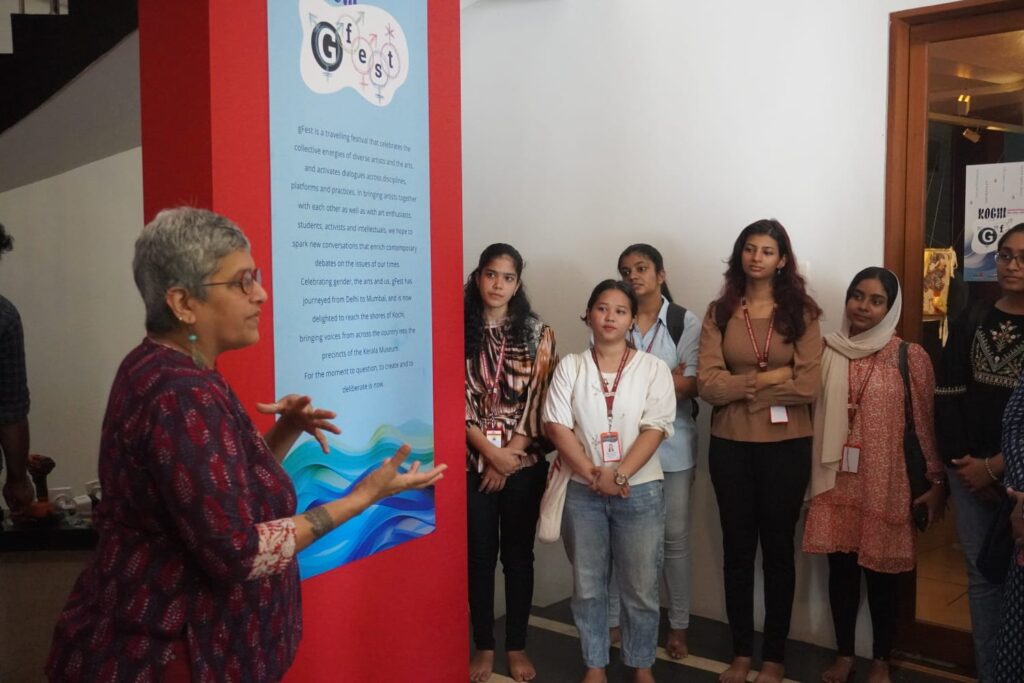
Share on